

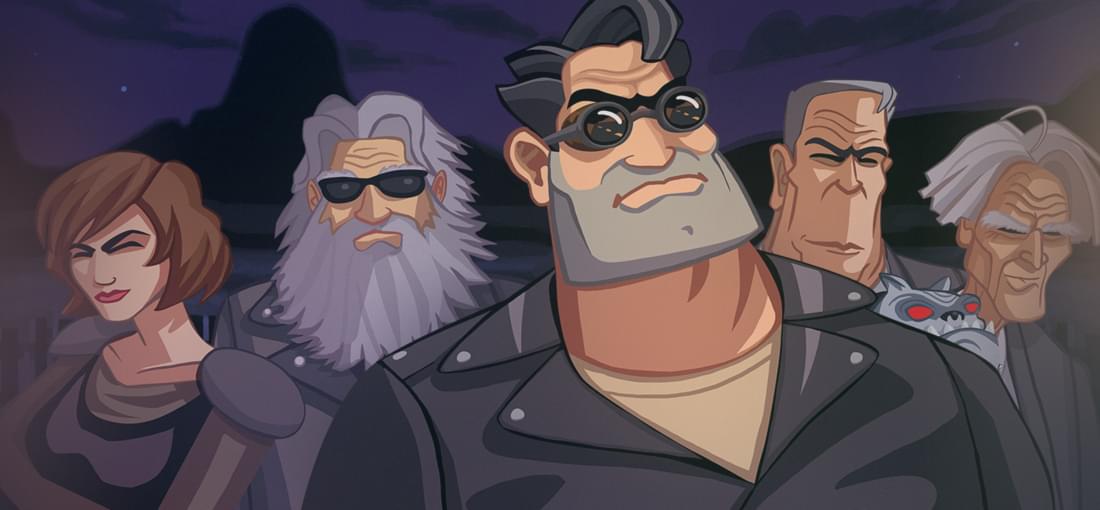
Some remastered versions are not worth its title, let alone your time and money. Fortunately, this is not the case of Full Throttle. Double Fine Productions doubled down on player expectations and delivered a fine polish of a true masterpiece of the 90s. Upscaled graphics that keep the tone of the original, remastered soundtrack, a whopping array of languages (six for subtitles and four for voice acting). Even though it’s a given that not a single translation could ever match the original cast, the foreign actors actually did a fine job of it, a rare thing to find in games. Audio commentary from Tim Schafer and part of the original development team from LucasArts is also a nice touch. More than a hundred and forty concept art sketches are also available. As for Full Throttle itself, well, what could I say? One of my favorite adventure games from LucasArts. Even though it’s somewhat short and after more than two decades its flaws can shine a bit brighter (a nonsensical plot point here and there, but I’m nitpicking), replaying this version was a genuine pleasure. The late Roy Conrad delivers a stellar performance of Ben Throttle, with Mark Hammill matching the hero with an awesome villain portrayal of Ripburger. I could go on, but I’d rather hear from you if you’ve never played it. Even money you’ll never look at yellow bunnies the same way.
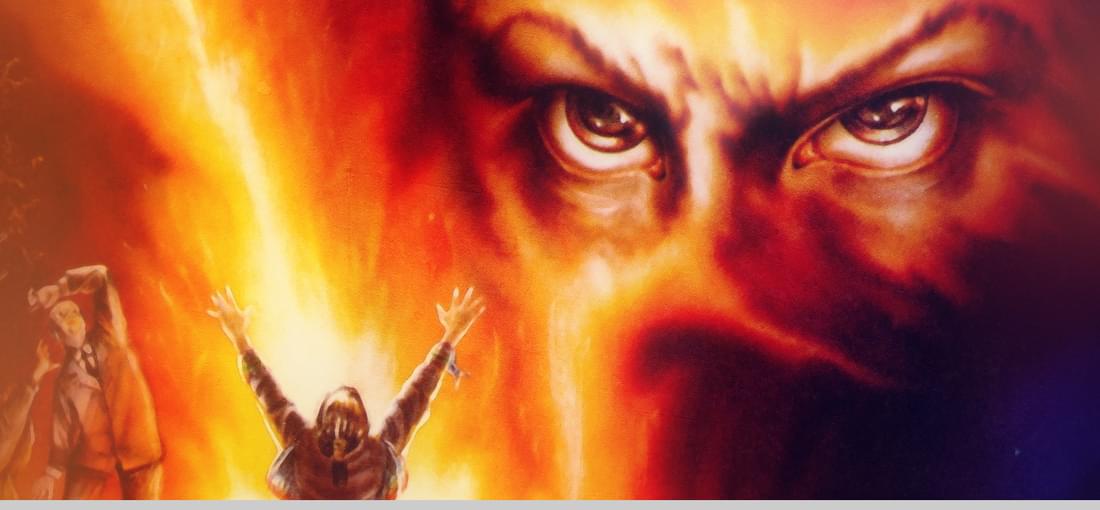
Shadow of the Comet is a good example of the adventure genre in the 90s, with its merits and flaws shining like the stars over Illsmouth on Halley’s passage. However, what the game does wrong may require your patience and goodwill more often than not. Therefore, its appeal is a bit more narrow than other titles, even from that period. On the upside, first things first: it’s Infogrames, it’s Cthulhu. That alone could take you through. This version contains decent voice acting. Nothing extraordinary, but still giving a serviceable personality and flavor to almost all characters. The overall plot is charming, par for the course for Cthulhu lovers. Art direction is stylish, especially the scenery and building design. Other than that, you’ll probably find out for yourself that Shadow of the Comet’s best quality is a certain ‘je ne sais quoi’, a mysterious style that guarantees its place in the gaming cosmos. On the downside, I’d start with sound design. I always chuckle when reading the official line about this: “Bone chilling sound effects that hurtle you into the depths of chaos!”. Uh… no. Sound effects are lacking when compared to similar titles from its time (even other Infogrames’ titles), sometimes just plain weird and funny and also very sparse. Many a scene will feel bland precisely because of this shortcoming of “silent” events. Some puzzles hinder the game’s progression, locking your progress if you make “wrong” choices. Save, save and save, my friend. Dialogue choice structure is linear and also blemished by the 'game-over mechanic' problem. Plot progression felt weird and sometimes nonsensical, tarnishing the story. Not the plot itself, which I quite enjoyed it, but the transitions between the main scenes (the diary helps to bring rythm to the story, but not as much as one would think). In the end, I'd still recommend Shadow of the Comet without hesitation. It’s very didactic of its time if nothing else. Game history par excellence.

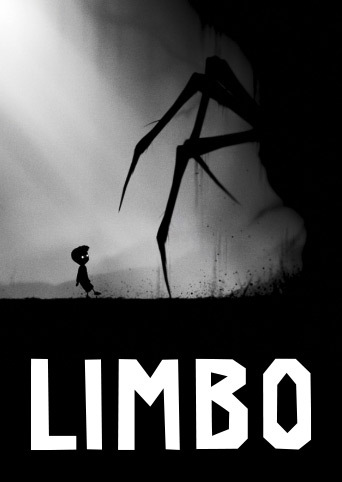
Ironically, Limbo brought me back from the dead, as far as my relationship with the platformer genre goes. Right off the bat what caught my attention was the elegance of the game, an art direction that jumps to the forefront immediately. There is a sort of axiom in photography that says that when we remove the colors of an image, light becomes the main subject. And that's exactly what captivated me when I started playing this game. Subtlety and refinement are the operative words for Limbo. One point that demonstrates this well is sound design. Superb. The soundtrack is subtle, interacts harmoniously with the sound effects. Unlike continuous soundtrack games, here it appears at specific times and it works great. Another element of subtlety is camera work, cinematography if you will. Rather than a fixed angle, typical of most platformers, here you clearly see that whoever did this knows cinema. You go from close-ups in moments of transition to wide-open shots, which puts the protagonist into perspective within the environment. Another fundamental aspect of the game: the dynamic of trial and error throughout the game is very well executed. This is imperative, as platformers depend directly on the rule of "failing must be part of the fun". For me they did nailed it, in spades. At no point was I bored, frustrated or angry. And some puzzles took me a long time to figure out. I finished Limbo with a perception that platformers can actually function as a fairly pure expression, a very direct one at that, to interpret games as art. Once you master the movements and become one with the keyboard (or joystick), the feeling is quite unique, something very palpable. It's well worth adding it to your collection, for sure. Limbo justifies the notion that certain titles have to be played, at least once. Not to like it, necessarily, but simply to know it. They are history, before being 'good' or 'bad'. In the context of my life, Limbo will definitely occupy this place.

Incredibly hard to write about a game that I can’t seem to distance myself from. The 90s were my formative years as a gamer and Under a Killing Moon is right up there at the top. It was a monumental release for its time. When a game earns the ‘classic’ moniker it means, amongst other things, that even the negative opinions about it have their place. That’s the whole point: its historical value stands beside your opinion, being informed and shaped by it, not above it. This is such a game for me, it deserves to be looked over again and again, never forgotten. Even if it is to find it overly cheesy and riddled with 90s tropes. Even if the stellar cast seems wasted with very few lines. Even if you find yourself hunting for them pesky pixels. Even if, in the end, it’s just a cautionary tale of how the mighty are fallen. Nothing I could write would add anything significant to a library of reviews and analysis already done about this game. This here is just for the record, almost like an obligation, a reiteration of vows. For me, the only thing that matters is you, and how will you feel after playing it. Your move.
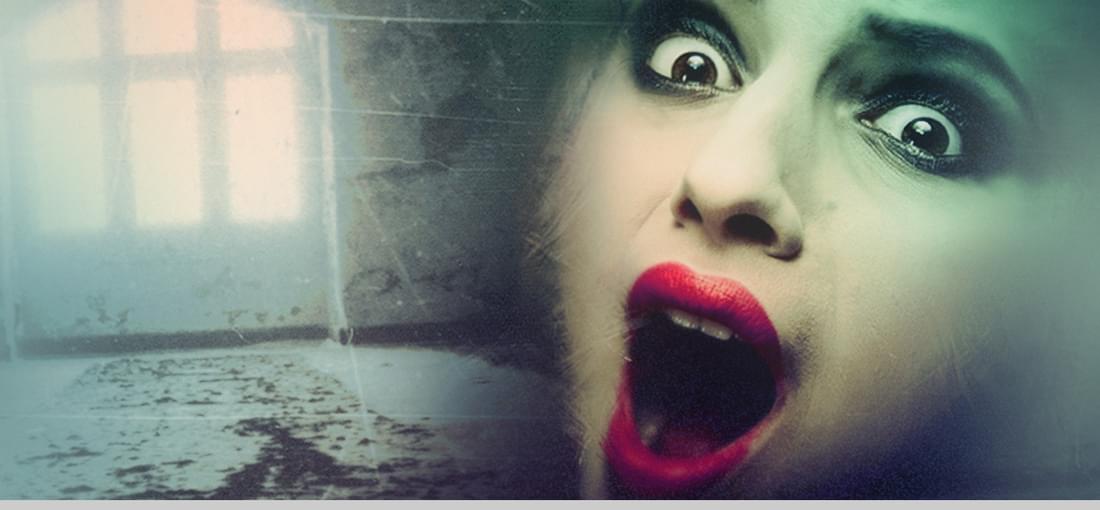
Twenty-five years ago my adolescent life changed when Phantasmagoria arrived in the mail. I still remember the distinct smell of its CD case. Phantasmagoria helped shape me as a gamer but didn’t age well in my heart. Is it a classic? No doubt. It deserves the attention of every gamer that enjoys history. But just like the classics of every artform, there is a wide shade of gray inside the concept. Case in point. As with a lot of these 90s titles, I’d give them a 5 Star for historical value alone. Phantasmagoria is Roberta Williams’ tour de force, no question, and I still respect what it did right (graphics, amazing soundtrack, art direction). In my mind it is the ultimate champion of gore from that Era (at least in terms of style). Robert Miano’s portrayal of Zoltan Carnovash stands alone in terms of acting. His deliverance still resonates after all these years (“Best regards… Zoltan” gets me every time). The man alone managed to turn the ‘Battleship Potemkin’ of cheesy game scenes (the face of a spirit manifesting through green barf, to put it mildly) into a memorable moment that I carry to this day. And he did it just with his voice. I don’t mind the plot in general, perfectly in par with the genre. However, the protagonist arch throughout the game aged worse than a nervous, catastrophic first time over a pool table in some sleazy bar. Most people would point to a particular scene at the beginning of Chapter 4. For me it’s not just that, but Adrienne’s motivations and approach to every plot twist in general and how she reacts to the horrors around her. It’s bland, almost like a Frankenstein of emotions stitched together by a line called ‘wtf levels of troping’. It’d be unfair to go on, I'd have to spoil the game. Suffice it to say that Adrienne alone kills the game for me, at least with my 2020 goggles. Nevertheless, I remain steadfast when it comes to classics, for better or worse: put on your goggles and try it out if you haven’t already.
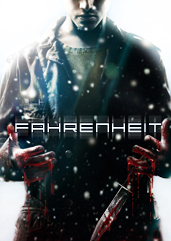
Putting my feelings in perspective throughout the years, I seem to be in the minority. In other words: I don’t hate or love this game. When it came out, I was fully enjoying my plate of flabbergasted. I worshipped everything about this game, from the Simon Says wheel all the way up to the characters, plot and the ending, which I thought was only misunderstood (HAHAHAHAHA!). Now, 15 years later, its flaws seem to get bigger by the playthrough. I can’t shake some of the nonsensical plot twists, poorly evolved character motivations and a rushed, convoluted ending to put it kindly. Simon Says wheels take away from enjoying the action sequences and the dialogue mechanics seem to be counterproductive (rushing players to choose a line) when it comes to immersion. Nevertheless, there’s something about this game that makes me recommend it even after all these years. I’m not embarrassed of admitting its place in my heart. Even after a personal journey going from love to 'Bleh', I'd never diminish its impact on the gaming world and what it attempts to accomplish. My bottom line when it comes to gaming is always ‘fight received opinions to the extent of your pocket’. So, if you have some spare cash, please, join us in debating why this game still resonates in the hearts of so many of us.

It’s impossible for me not to strongly recommend this game. The Beast Within helped define and refine my taste for games in general. It’s production value, especially for the time, shaped my love for Sierra and the 90s Era of FMVs. Solely for its historical value it’s a 5 Star, it’s a classic. Buy it, play it at least once, even if it is to hate it. I cannot stress this point enough: this game deserves your personal take on it, regardless of the verdict. Stop reading now, everything else is just my very subjective take on it. Unfortunately, 25 years later, I cannot give it more than a 3 as a final score. Every time I go back to this game, I remember all the things FMV did wrong, destroying its prospects for the future. The overall cheesiness of some motifs present in the plot (that weird couple in the tavern… Ugh!), the bad acting (sorry folks, everything else is rose-tinted glasses of those good ol’times imho), weird character motivations (Grace’s feelings for Gabriel in this game manifest in such a way as to be described as ‘silly’ by a 12 year old girl). There’s a particularly painful scene to watch after all these years (talking in terms of acting here), where Gabriel and another main character are interacting with a blonde bombshell: juvenile even for a teenager who strongly supports Flat Earth Theory. The cringe factor… Oh, the humanity! The plot also didn’t age well for me. It doesn’t feel contrived or even poorly written, it’s not that. It’s just rushed at some crucial points (major sin in my book). Exposition is done very poorly in my opinion, in overly large chunks with uninteresting spaces in-between. The premise for the final chapter and the finale itself felt rushed too (oh so common in so many games, even to this day). In the end, maybe I’m projecting and not being fair. Maybe it’s a bit of superficial elitism in the face of getting older. Maybe both. Nevertheless, it left a bittersweet taste in the mouth, leaning towards sour milk.
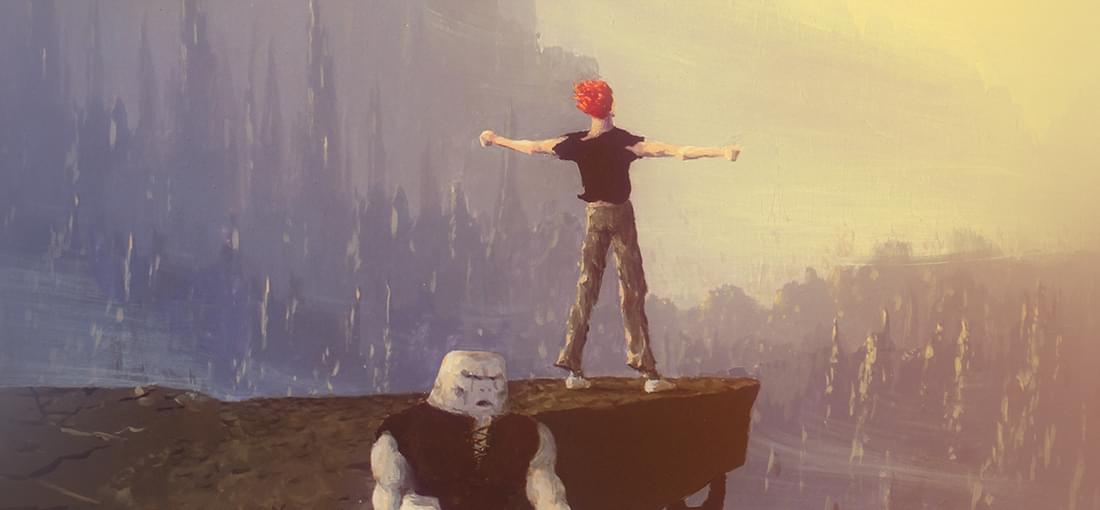
Regardless of my personal take on it (given bellow), this is a game of the platformer genre and as such relies heavily on trial and error - a.k.a. dying a lot - to move forward, overcoming the obstacles and combat sequences. Another World was designed in a time without the Internet as it exists today (walkthroughs, video guides and the like). It was forged on the principle of ‘death’ and ‘failure’ being a major part of the fun. And when you finally figured out a part where you were stuck for weeks, wow… No feeling quite like that one. Granted, how each platformer deals with that axiom of trial and error is always up for debate. Let alone deciding whether it achieves a healthy balance between ‘fun’ and ‘frustration’ when failing is an intricate part of the playing process. With all of that said, almost 30 years later, Another World remains contemporary in my opinion, didactic to say the least. It deserves to be called a classic, and as such it should earn a place in your gaming shelves, even if you find it to be excessively frustrating. This is such a game that deserves to be played, at least once. Another World is history, a major part of the gaming world and its early days, but it can also be your future. I for one will always go back and revisit Eric Chahi’s masterpiece, as I have done countless times with those that came before and after me.